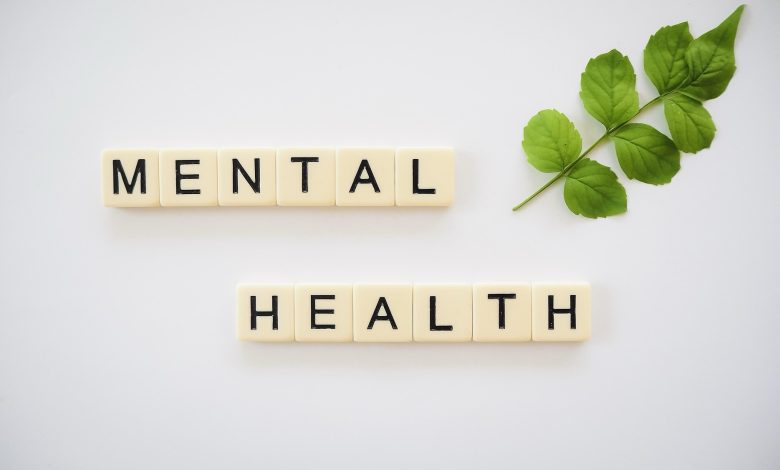How to deal with anxiety and stress.


Table of Contents
- Introduction
- What is Mental Health?
- The Impact of Mental Health on Daily Life
- Common Mental Health Disorders
- Anxiety Disorders
- Depression
- Bipolar Disorder
- Schizophrenia
- Factors Influencing Mental Health
- Biological Factors
- Environmental Factors
- Lifestyle Choices
- The Stigma Surrounding Mental Health
- Strategies for Maintaining Good Mental Health
- Self-Care Practices
- Professional Help
- Building a Support System
- The Role of Society in Promoting Mental Health
- Conclusion
1. Introduction
Mental health is an integral part of our overall well-being, yet it is often overlooked or misunderstood. In a world where physical health is prioritized, mental health remains stigmatized and under-discussed. This article delves into the importance of mental health, its impact on daily life, common disorders, and strategies for maintaining a healthy mind. By understanding mental health better, we can create a more supportive and inclusive society.
2. What is Mental Health?
Mental health refers to our emotional, psychological, and social well-being. It affects how we think, feel, and act, influencing our ability to handle stress, relate to others, and make decisions. Mental health is not just the absence of mental illness; it is a state of well-being where individuals realize their potential, cope with life’s challenges, and contribute to their communities.
3. The Impact of Mental Health on Daily Life
Mental health plays a crucial role in every aspect of life, from personal relationships to professional performance. Poor mental health can lead to difficulties in concentration, reduced productivity, and strained relationships. On the other hand, good mental health enhances resilience, creativity, and overall quality of life. Ignoring mental health issues can result in severe consequences, including chronic illnesses, substance abuse, and even suicide.
4. Common Mental Health Disorders
Mental health disorders are medical conditions that disrupt a person’s thinking, feeling, mood, and ability to function. Some of the most common disorders include:
– Anxiety Disorders
Anxiety disorders, such as generalized anxiety disorder (GAD), panic disorder, and social anxiety disorder, are characterized by excessive fear or worry. These conditions can interfere with daily activities and relationships.
– Depression
Depression is a mood disorder that causes persistent feelings of sadness, hopelessness, and loss of interest in activities. It can lead to physical symptoms such as fatigue, changes in appetite, and sleep disturbances.
– Bipolar Disorder
Bipolar disorder involves extreme mood swings, ranging from manic episodes of high energy to depressive episodes of low mood. These fluctuations can disrupt a person’s ability to function normally.
– Schizophrenia
Schizophrenia is a severe mental disorder that affects a person’s ability to think clearly, manage emotions, and perceive reality. Symptoms may include hallucinations, delusions, and disorganized thinking.
5. Factors Influencing Mental Health
Mental health is influenced by a combination of biological, environmental, and lifestyle factors.
– Biological Factors
Genetics, brain chemistry, and hormonal imbalances can contribute to mental health disorders. For example, a family history of depression increases the likelihood of developing the condition.
– Environmental Factors
Trauma, abuse, and stressful life events can trigger mental health issues. Socioeconomic factors, such as poverty and lack of access to education, also play a significant role.
– Lifestyle Choices
Poor diet, lack of exercise, substance abuse, and inadequate sleep can negatively impact mental health. Conversely, healthy habits can promote emotional well-being.
6. The Stigma Surrounding Mental Health
Despite growing awareness, mental health stigma remains a significant barrier to seeking help. Many people fear judgment or discrimination, leading to silence and isolation. This stigma perpetuates misconceptions and prevents individuals from accessing the support they need. Breaking the stigma requires education, open conversations, and empathy.
7. Strategies for Maintaining Good Mental Health
Maintaining good mental health requires proactive effort and self-awareness. Here are some effective strategies:
– Self-Care Practices
Engage in activities that promote relaxation and joy, such as meditation, exercise, and hobbies. Prioritize sleep, nutrition, and hydration to support overall well-being.
– Professional Help
Seeking therapy or counseling can provide valuable tools for managing mental health. Psychiatrists can prescribe medication for severe conditions, while psychologists offer talk therapy.
– Building a Support System
Surround yourself with supportive friends and family who encourage open communication. Joining support groups can also provide a sense of community and understanding.
8. The Role of Society in Promoting Mental Health
Society plays a crucial role in fostering mental health awareness and acceptance. Governments, organizations, and communities must work together to:
- Increase funding for mental health services.
- Implement policies that protect individuals with mental health conditions.
- Promote mental health education in schools and workplaces.
By creating an inclusive environment, we can reduce stigma and ensure everyone has access to the care they need.
9. Conclusion
Mental health is a vital component of our overall well-being, yet it is often neglected or misunderstood. By understanding the importance of mental health, recognizing common disorders, and adopting healthy habits, we can improve our quality of life and support those around us. Breaking the stigma and promoting mental health awareness is a collective responsibility that requires effort from individuals, communities, and society as a whole. Let us prioritize mental health and work towards a healthier, more compassionate world.



